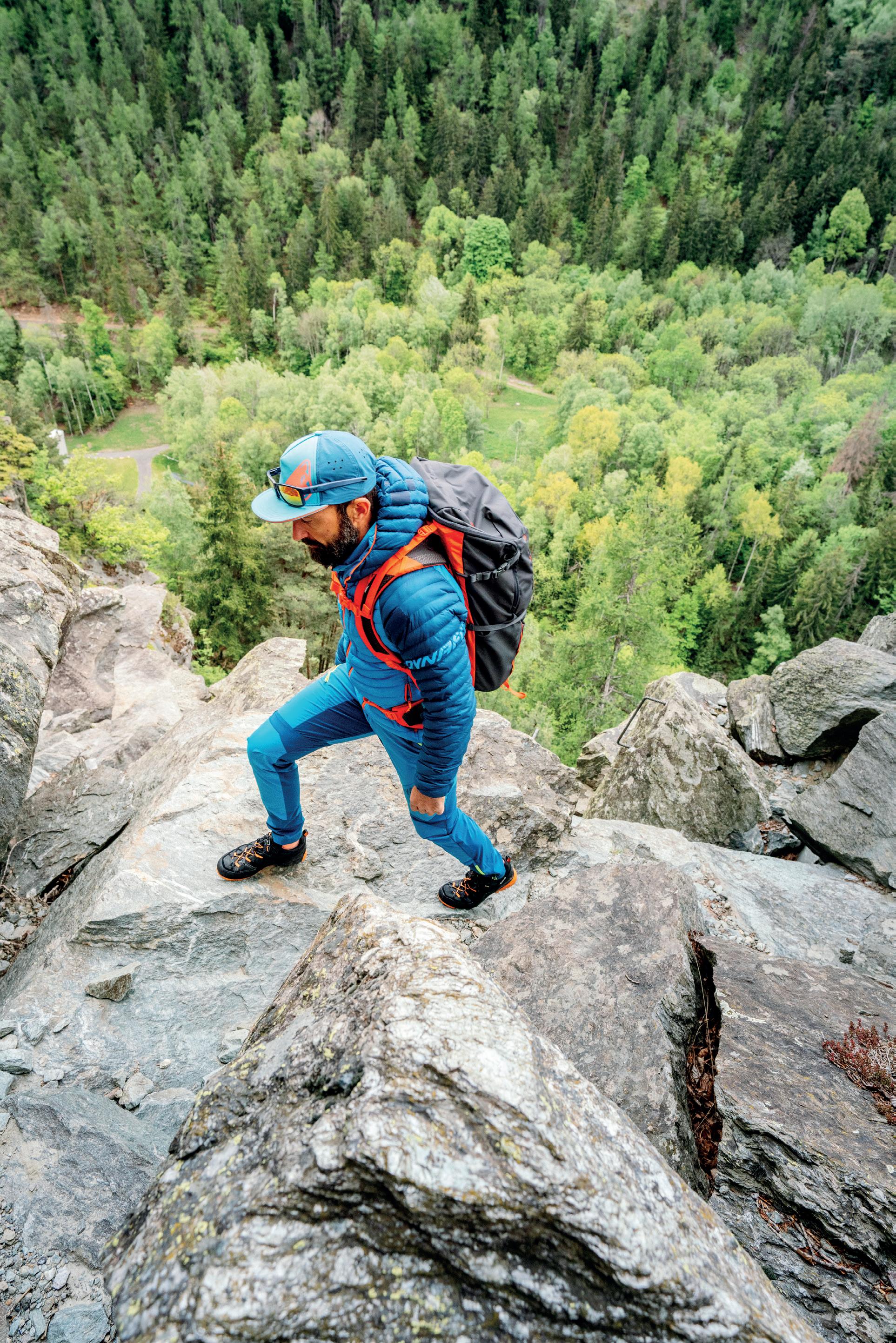HIKING SHOES When you decide to buy a hiking shoe, the market gives you many possibilities. It may seem trivial, but the first step is to simply ask yourself what your needs as a hiker are. Making the right choice first of all implies a focus on the type of activity we are going to perform. What kind of hiker am I? On what kind of terrain will I walk on? How long and at what pace? How much will my backpack weigh? To choose the ideal shoe, it is essential to understand the use we want to make of it. How often do I go hiking? How much experience do I have in this area? Your technical level will be essential to help you choose the right shoes.
Low cut or high cut? Low cut models, generally lighter and more flexible, allow greater freedom of the ankle, favoring the natural movement of the foot. They are suitable for daily activities in the valley and in the mountains, simple trails, stable and uniform terrains. They are also the choice of experienced and capable hikers who want to move dynamically and quickly on technical terrain. High cut shoes, on the other hand, protect the ankle, offering support and stability when it comes to tackling hiking trails characterized by a wide variety of techni-
cal, irregular and rocky sections. Based on their structure and rigidity, they can be more or less suitable for backpacking or multi-day excursions in a purely mountain environment. They are generally recommended as the only choice for beginners that do not want to risk trauma to the ankles or excessive fatigue in the lower limbs. Those who consider this type of boot exaggeratedly heavy and bulky can opt for the many mid versions on the market, whose height goes up to the malleolus, finding an excellent compromise for excursions with medium-light loads on gravel and uneven terrain.
And in winter? Many manufacturers of hiking shoes and boots have chosen to equip their models with waterproof and breathable solutions. One above all is the Gore-Tex membrane positioned between the upper fabric and the inner lining that offers reliable protection to keep feet comfortable and dry, increasing warmth in
harsh weather conditions and protecting the foot from moisture. It is not necessary to opt for a waterproof membrane, but it is a valid advice. A good alternative is a leather model because if there’s a dry weather or high temperatures a Gore-Tex shoe can be sometimes excessively hot. Although heavier, the leather offers protection and breathability at the same time, making the shoe comfortable and cool.
How to find the right fit? When you try on new shoes, do it with the right calm. The best time of the day is in the afternoon, when the feet tend to swell. Trekking shoes should fit comfortably, without pressure points and rubbing. They must wrap the foot without forcing it, ensuring a secure contact with the ground. Check the heel to make sure the back remains firmly in place. Between the tip of the shoe and the toes there should be a space corresponding to a finger. This aspect is very important downhill, in order to avoid collisions with the tip. Always try on the next half size. In case of uncertainty or indecision, opt for the larger one.
















